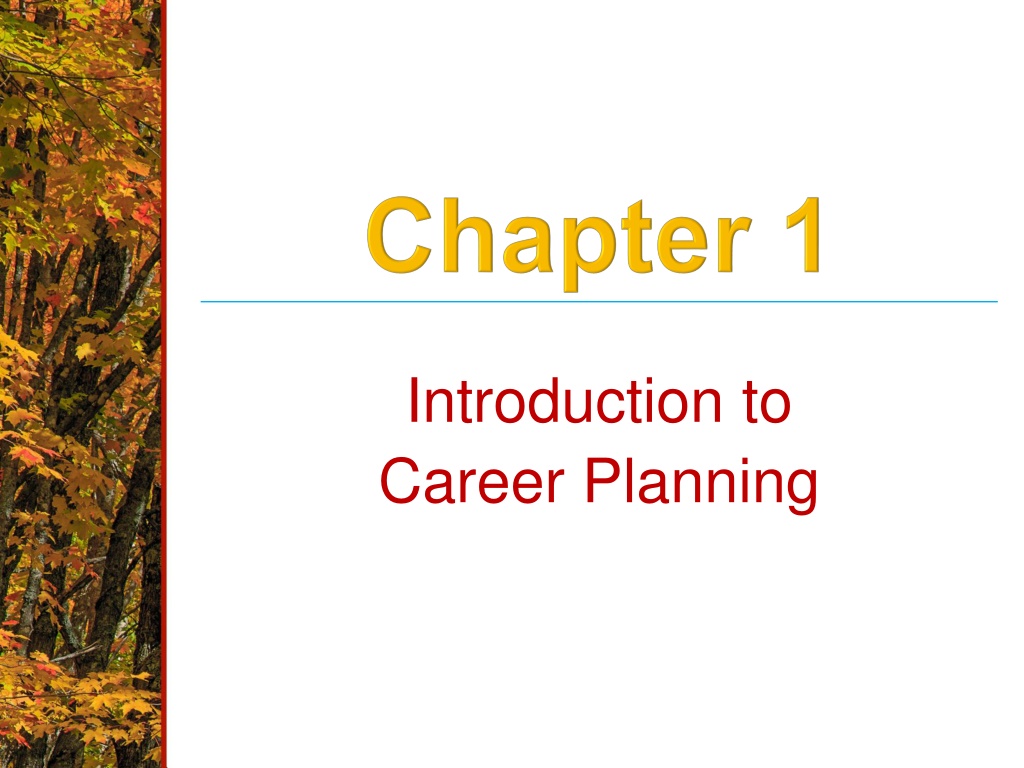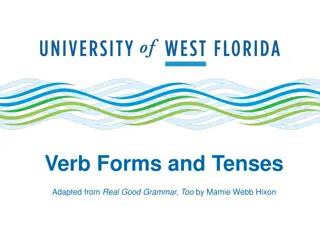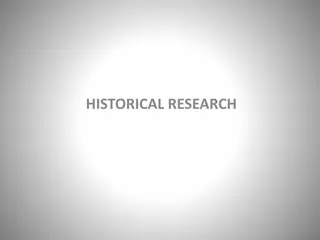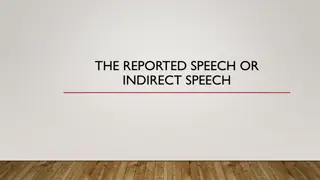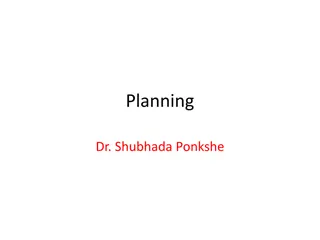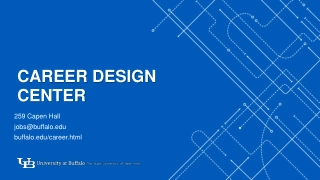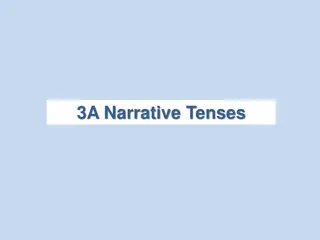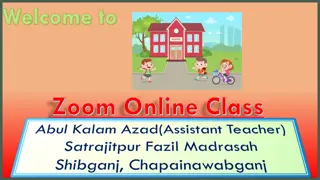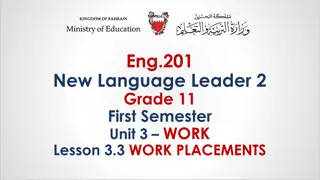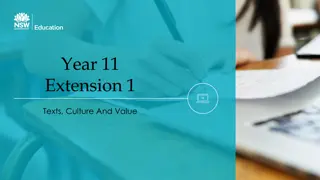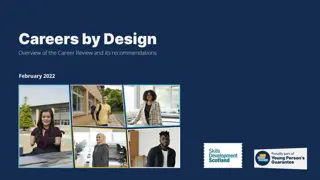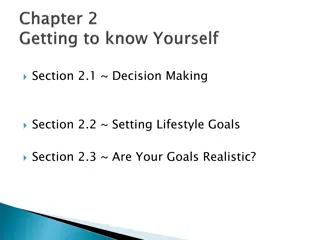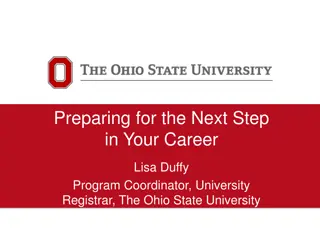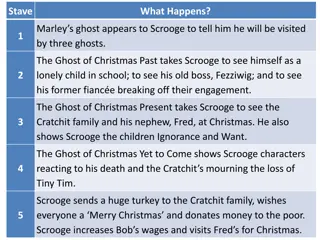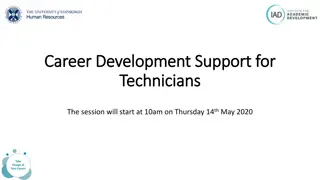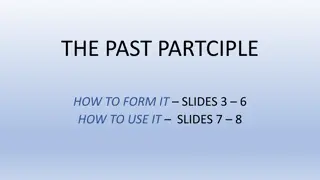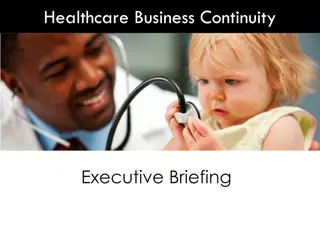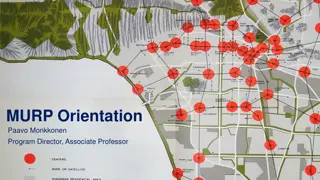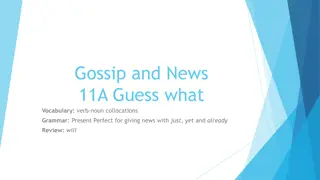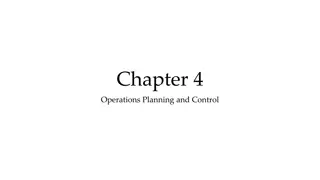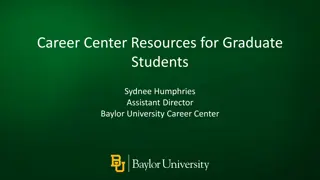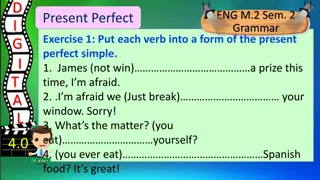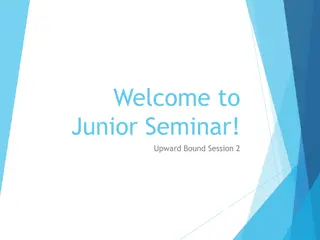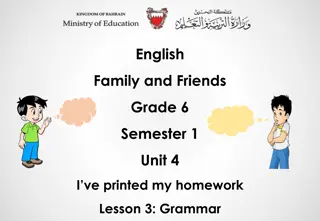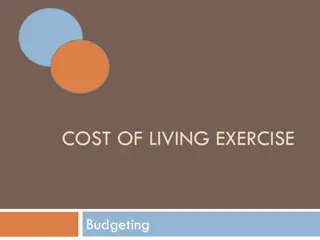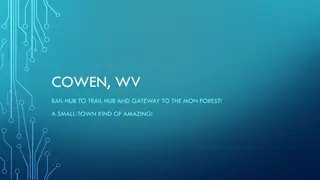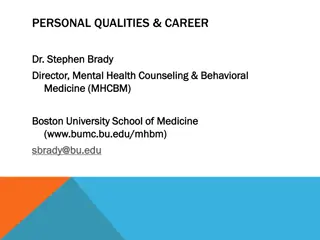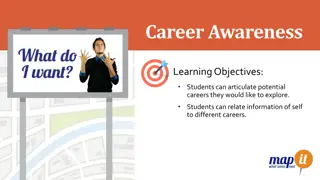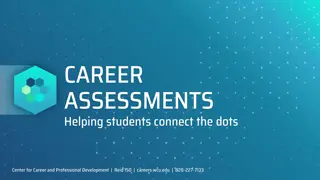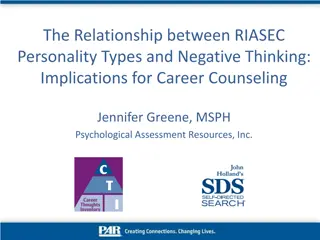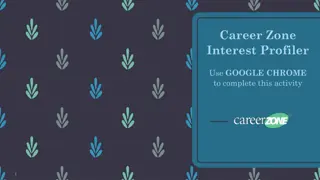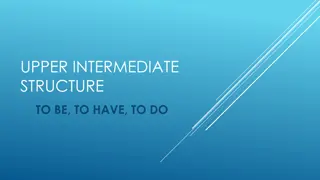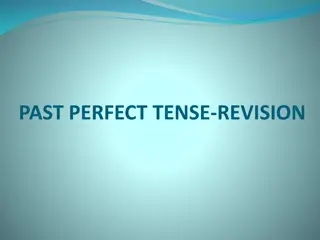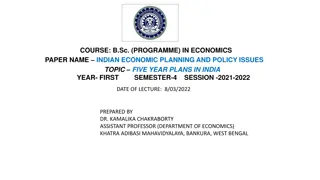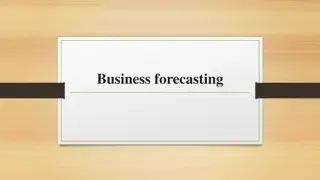Comprehensive Overview of Career Planning: Past, Present, and Future
Explore the evolution of career planning from historical perspectives like the Industrial Revolution to modern-day challenges such as gender roles, diversity, and rapid changes in work environments. Delve into key theories, definitions, and formulae that shape career development decisions today.
Download Presentation

Please find below an Image/Link to download the presentation.
The content on the website is provided AS IS for your information and personal use only. It may not be sold, licensed, or shared on other websites without obtaining consent from the author. Download presentation by click this link. If you encounter any issues during the download, it is possible that the publisher has removed the file from their server.
E N D
Presentation Transcript
Introduction to Career Planning
PresentationOverview History of career past and present Key definitions A sample of career theories Cognitive information processing (CIP) theory
HistoricalReview Emergence of career Industrial revolution Immigration Hazards of early work environments
Vocational Guidance Frank Parsons Vocations Bureau Parsons 3-step model self-assessment study of options careful reasoning Lifelong process
Career Planning Today Rapid change Nature of work in today s organizations Work options Diversity Gender roles at work and home Career materials and resources
Why Are Career Problems Important? Economic impact Impact of full employment on health of a nation Relation between unemployment and social and physical problems Impact of organizational failures Numbers of people impacted
Some Definitions career development career work occupation position job
Key Definitions Exercise a) career development b) career c) work d) occupation e) position f) job 1) Volunteering at the animal shelter 2) Includes all factors that shape your current situation 3) Accountant 4) My interview was successful, and I got the _________. 5) Microsoft has an opening for a Technical Trainer 6) Right now, you are in your __________.
Roes Formula Occupational Choice = S[(eE + bB + cC) +(fF, mM)) + (lL + aA) + (pP x gG x tT x iI)] S = sex L = general learning & education E = state of the economy A = special acquired skills B = family background/ethnicity P = physical characteristics C = chance G = cognitive or special natural abilities F = friends, peers T = temperament/personality M = marital situation I = interests/values
Which of Roes 12 characteristics do you think is most important? 1) 2) 3) 4) 5) Why? 6) 7) 8) 9) 10) 11) 12)
Theories of Career Choice and Development Why learn about career theories? How can they help us? Personal Career Theory (PCT)
Theories of Career Choice and Development Structured Theories (point-in-time; what to choose) Process Theories (developmental; how to choose)
Structured Theory Examples Parsons Holland
Process Theory Example Super s Life Career Rainbow- Nine Life Roles 1) child 2) student 3) leisurite 4) citizen 5) worker 6) pensioner 7) spouse/partner 8) homemaker 9) parent How many of How many of these roles are these roles are you playing you playing right now? right now?
Cognitive Information Processing Theory (CIP) Based on how we think & process information Depends on knowledge structures stored in our memories Key aim: help individuals learn to make career decisions
Characteristics of Career Problems Involve a gap Complex and involve feelings Multiple options, not a single correct choice Uncertainty about the outcome Decisions create new problems
Summary Impact of social forces on career development Importance of career problems Views of career choice & development Cognitive information processing (CIP) theory
